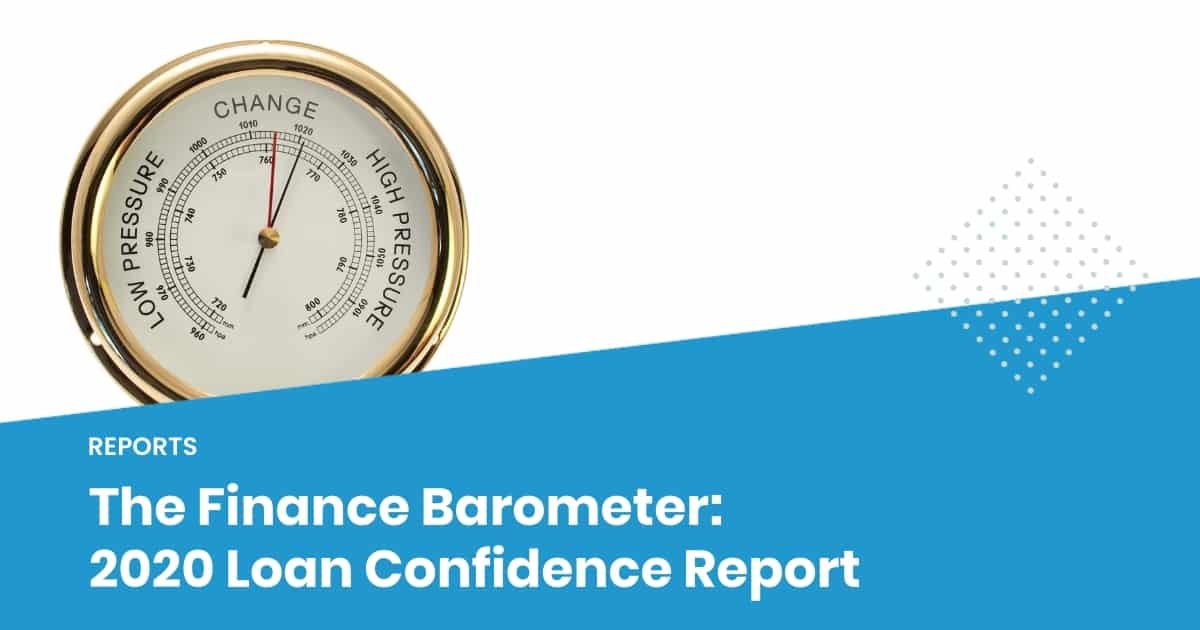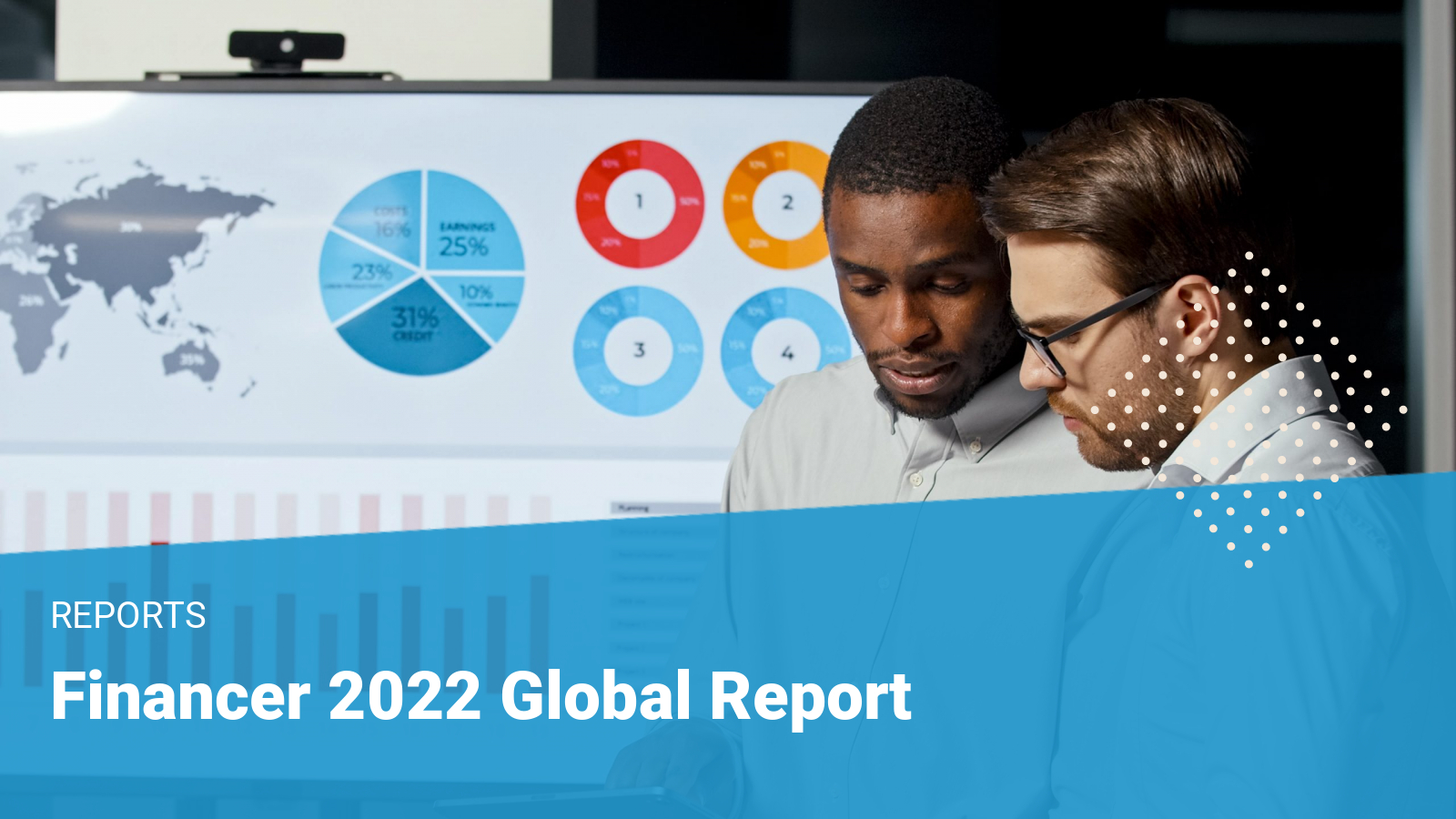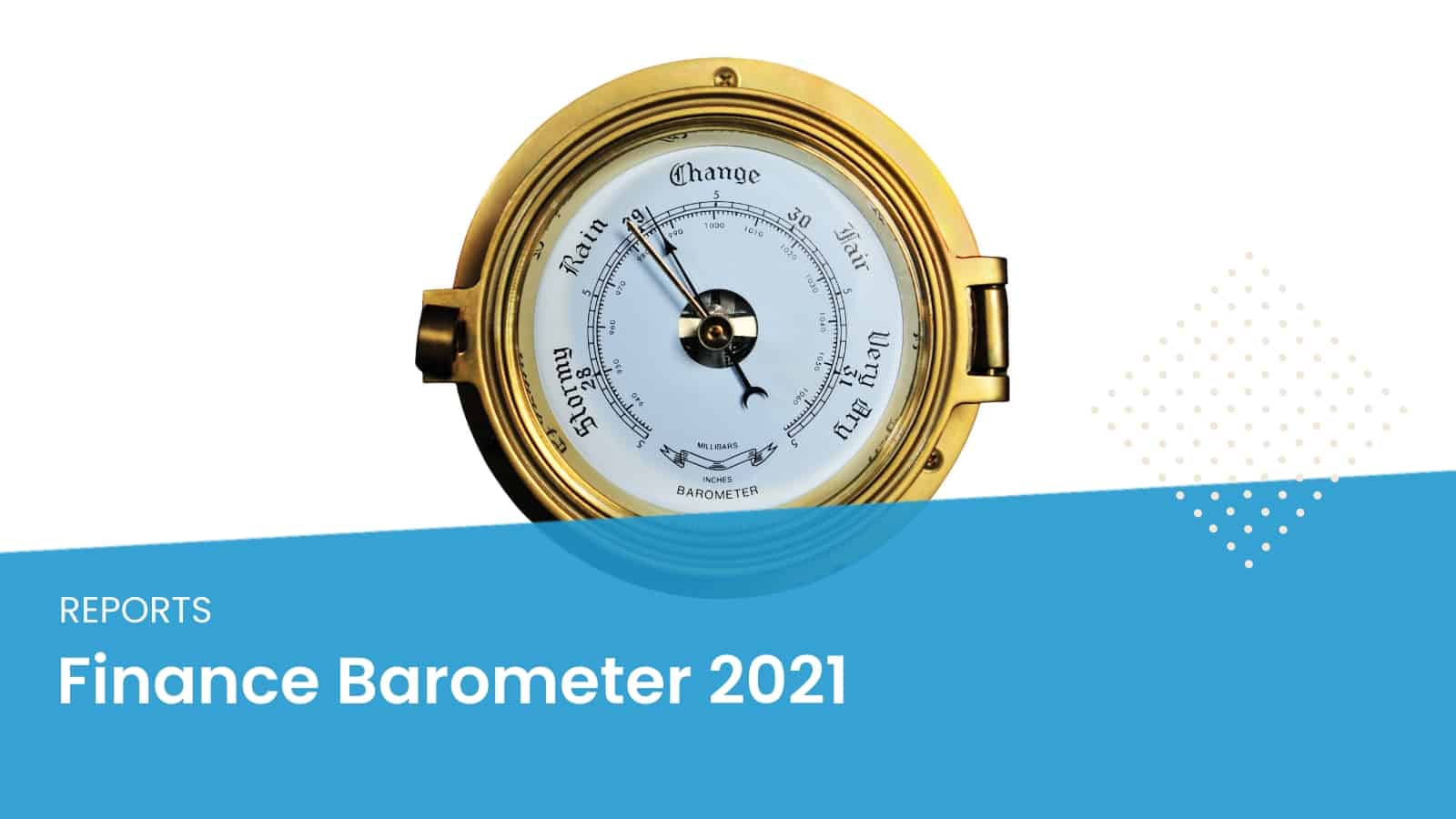Finance Barometer: 2020 Financial Statistics
- 5 January, 2024
- 9 min read
-
4036 reads
Originally Published: December 10th, 2020
Update as of July 27th, 2021: The 2021 Finance Barometer is now published. Please read the latest report here.
We are living in pivotal times where the entire socioeconomic structure is changing.
Financial statistics reports are essential to keep track of those changes. However, while plenty of financial data is available, economic perception data is lacking.
Interest rate changes, stimulus plan provisions, and macroeconomic indicators are all publicly available information, but what about data revealing how people perceive their financial status?
The Finance Barometer is the first study that collects personal loan confidence data from loan seekers across 26 countries.
Highlights
- US respondents were the most optimistic (71%) about their ability to get accepted for a loan in 2020
- Ukrainian respondents were the most pessimistic (82%)
- 41% of all respondents think that their ability to get taken for a loan improved in 2020
- Among the loan seekers in 20 EU countries, 46% think they were negatively affected, while 21% didn’t expect any significant change
- The standard deviation was very high (1.53) across most nations, which indicates a deeply divisive financial economy
How we collected the data
We collected the data for this report throughout 2020 using the following poll:
What are your chances of being approved for a loan in 2020 compared to 2019?
- Much lower
- Little lower
- The same
- Little higher
- Much higher
For analytical reasons, the answers were assigned an incremental numerical value ranging from 1 (Much lower) to 5 (Much higher).
The polls were displayed on loan comparison pages in the local language across the 26 markets where we operate our services.
Namely, the votes were collected among citizens of the US, Brazil, Mexico, Georgia, Russia, Indonesia, Kazakhstan, Sweden, Finland, Poland, Spain, Denmark, Estonia, Netherlands, Czech, Norway, Germany, France, Lithuania, Bulgaria, Hungary, Ukraine, Italy, Romania, Latvia, and Slovakia.
Barometer Global Results
We received 7061 votes, making the Finance Barometer one of history’s most extensive finance perception polls.
The chart below presents each participating country’s average loan approval confidence votes.
Average Credit Sentiment in 2020
a higher value means higher confidence
Voters in the US felt considerably more confident in their chances of getting approved for a loan than all other nationalities involved, with an average mean vote of 4.01. In contrast, Ukrainians were the least confident, with an average mean vote of just 1.6.
The average median vote for all countries was at 3.01, while for EU countries, it was a bit lower, at 2.75, which indicates, on average, a slightly pessimistic outlook for their credit status.
The table below shows the weighted average value of the votes, measured on a scale from 1 – lowest confidence to 5 highest confidence, and their corresponding standard deviation.
| Country | Mean Vote | Standard Deviation |
|---|---|---|
| US | 4.01 | 1.26 |
| GE | 3.53 | 1.54 |
| RO | 3.44 | 1.35 |
| ID | 3.37 | 1.62 |
| MX | 3.32 | 1.59 |
| BG | 3.29 | 1.38 |
| RU | 3.27 | 1.42 |
| SV | 3.18 | 1.51 |
| BR | 3.15 | 1.55 |
| FR | 3.1 | 1.53 |
| KZ | 3.03 | 1.58 |
| FI | 2.9 | 1.42 |
| DE | 2.89 | 1.49 |
| IT | 2.84 | 1.44 |
| DK | 2.81 | 1.33 |
| HU | 2.81 | 1.54 |
| NL | 2.8 | 1.21 |
| NO | 2.79 | 1.52 |
| CZ | 2.65 | 1.55 |
| ES | 2.59 | 1.44 |
| EE | 2.51 | 1.51 |
| LV | 2.49 | 1.55 |
| LT | 2.42 | 1.38 |
| PL | 2.27 | 1.45 |
| SK | 2.11 | 1.42 |
| UA | 1.6 | 1.07 |
| ALL | 3.01 | 1.53 |
In this table, respondents from countries with a median vote below 2.6 can be regarded as feeling highly pessimistic about their chances of being approved for a loan. Those countries include Estonia, Spain, Latvia, Lithuania, Poland, Slovakia, and Ukraine.
Conversely, respondents from countries with a median vote above 3.3 can be viewed as highly optimistic. This includes Mexico, Indonesia, Romania, Georgia, and the US.
The median vote value reveals only half of the story. Measuring the standard deviation of votes within each country is essential to reflect whether the public opinion is united.
The larger the standard deviation, the more significant the discrepancy between positive and negative outlooks regarding the financial condition of each respondent.
The map below gives a more detailed look at the global financial economy’s divisiveness level. Here standard deviation levels are compared chromatically across the countries in the study.
Congruity in Credit Sentiment in 2020
a higher value means higher disagreement
As shown in the map, the almost ubiquitous, highly high standard deviation indicates a deeply divisive financial economy.
A few notable exceptions: US voters were almost unanimously favorable, while Ukrainians were unanimously negative. Contrary, people from the Netherlands were unified in believing that their loan approval ability was unaffected compared to 2019.
The most conflicting opinions were recorded in Mexico, Indonesia, Brazil, and Kazakhstan, while European countries were mainly homogenous.
A more detailed breakdown of how each country voted can be seen on the bar chart below. Hover your mouse over each bar to see the percentage data for each component.
What are your chances of being approved for a loan in 2020 compared to 2019?
breakdown by votes and country
The countries displayed are decremental, from the highest media confidence level to the lowest.
There are some exciting realizations when observing this visualization: With just a few exceptions, there is an apparent discrepancy in credit sentiment levels across the study’s countries.
The divide can be seen across nations and even more so within them.
Strong positions (much less/more confidence) were considerably more popular than more moderate positions (little less/more confidence).
This divide is also reflected when aggregating all responses, as shown in the pie chart below:
Total Votes: What are your chances of being approved for a loan in 2020 compared to 2019?
breakdown of total votes across all countries
In total, 25.9% of all respondents think they have a lower chance of being approved for a loan in 2020. Interestingly, this almost equals the 25.5% who think they have much higher stakes.
21.2% believe their chances remained unchanged between 2020 and 2019.
There is a minor difference between the total optimistic responses (40.1%) versus the total pessimistic responses (38.8%), which further establishes the case of financial division on a global scale.
Conclusions & The Barometer’s Future
There is no doubt that 2020 was a year of extremities, which is also reflected in the Finance Barometer’s financial statistics report.
The public’s opinion on personal finance status seems contrasting across countries and divisive within them.
If this division continues in 2021, it might cause extreme socioeconomic unrest. More transparent, fair, and egalitarian policies need to be immediately applied to alleviate this danger.
The Finance Barometer will continue to record the public’s opinion in 2021 and include an additional set of opinion polls revolving around confidence in more financial instruments.
This report will be updated bi-annually, offering comparisons to previous years. You can read the new Finance Barometer 2021 report here. Currently, the 2023 Report is planned for the second half of 2023.
If you have any questions about the report, please get in touch with us here.




